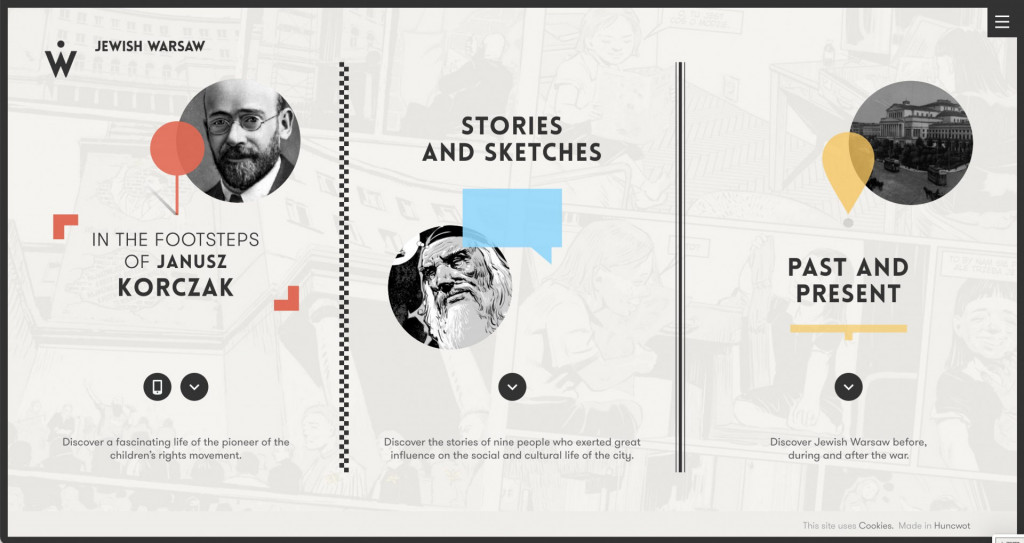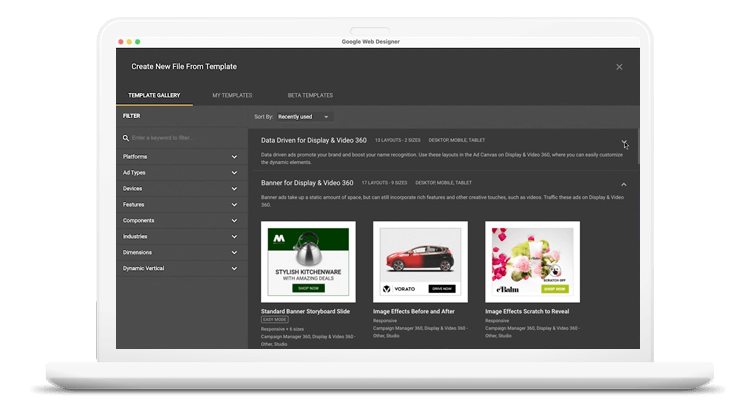
Crafting a User-Friendly Experience: Necessary Aspects of Effective Website Design
Necessary aspects such as a clear navigating framework, responsive design concepts, and fast loading times serve as the foundation for involving users effectively. Understanding the underlying elements that add to effective style can drop light on how to improve user fulfillment and engagement.
Clear Navigating Framework
A clear navigating framework is basic to reliable web site design, as it straight affects user experience and engagement. Individuals ought to be able to find details easily, as user-friendly navigating decreases disappointment and encourages exploration. An efficient design allows visitors to recognize the relationship between different web pages and web content, resulting in longer website sees and boosted interaction.
To accomplish quality, developers should employ acquainted patterns, such as top or side navigation bars, dropdown food selections, and breadcrumb tracks. These elements not just boost use yet additionally supply a feeling of positioning within the website. Preserving a consistent navigating structure across all web pages is crucial; this familiarity helps users expect where to find preferred details.
It is also vital to restrict the number of food selection things to stay clear of frustrating individuals. Focusing on one of the most vital areas and utilizing clear labeling will direct site visitors effectively. Furthermore, integrating search functionality can additionally assist individuals in situating specific content promptly (website design). In summary, a clear navigation structure is not simply a design option; it is a tactical element that substantially affects the general success of a website by cultivating a delightful and reliable user experience.
Responsive Design Concepts
Efficient site navigation sets the phase for a smooth customer experience, which comes to be also extra crucial in the context of responsive layout concepts. Responsive style makes sure that sites adapt fluidly to various display sizes and orientations, boosting accessibility across devices. This adaptability is accomplished via adaptable grid designs, scalable photos, and media inquiries that enable CSS to change styles based upon the tool's characteristics.
Secret concepts of responsive style consist of liquid designs that utilize percentages instead than fixed systems, guaranteeing that elements resize proportionately. Furthermore, utilizing breakpoints in CSS allows the style to change efficiently between different tool dimensions, enhancing the design for every display type. The usage of responsive photos is additionally necessary; photos need to instantly get used to fit the display without shedding top quality or creating format changes.
In addition, touch-friendly interfaces are vital for mobile users, with sufficiently sized switches and intuitive motions boosting individual interaction. By integrating these principles, designers can create web sites that not only look aesthetically pleasing but also provide engaging and useful experiences across all gadgets. Ultimately, effective responsive design cultivates user fulfillment, minimizes bounce prices, and encourages much longer interaction with the material.
Quick Loading Times
While users increasingly anticipate websites to load quickly, quick packing times are not just an issue of benefit; they are necessary for preserving visitors and boosting general individual experience. Study suggests that customers normally abandon websites that take longer than 3 secs to tons. This abandonment can bring about boosted bounce rates and reduced conversions, ultimately damaging a brand's reputation and earnings.
Quick packing times enhance customer engagement and satisfaction, as site visitors are a lot more most likely to check out a website that responds promptly to their interactions. In addition, online search engine like Google prioritize speed in their ranking algorithms, implying that a slow-moving web site might have a hard time to accomplish visibility in search engine result.

User-friendly User User Interface
Rapid filling times lay the foundation for an engaging online experience, but they are only component of the formula. An instinctive user interface (UI) is vital to guarantee visitors can browse a website easily. A properly designed UI enables users to accomplish their objectives with minimal cognitive lots, promoting a seamless communication with the website.
Secret components of an instinctive UI consist of constant layout, clear navigation, and recognizable symbols. Uniformity in style elements-- such as color schemes, typography, and switch useful content styles-- aids individuals understand just how to engage with the website. Clear navigation frameworks, consisting of logical food selections and breadcrumb routes, make it possible for individuals to find info swiftly, lowering aggravation and boosting retention.
Furthermore, feedback mechanisms, such as hover results and loading signs, inform individuals concerning their actions and the internet site's action. This transparency cultivates count on and encourages ongoing engagement. Additionally, prioritizing mobile responsiveness makes certain that individuals enjoy a natural experience across tools, satisfying the varied means audiences accessibility content.
Available Web Content Standards

First, utilize clear and uncomplicated language, preventing lingo that may confuse readers. Stress appropriate heading structures, which not just help in navigation yet also aid screen readers in interpreting material power structures effectively. Additionally, supply alternative message for read review photos to communicate their definition to customers who depend on assistive modern technologies.
Comparison is one more crucial element; guarantee that text attracts attention versus the history to improve readability. Moreover, ensure that video and audio web content consists of inscriptions and transcripts, making multimedia available to those with hearing problems.
Finally, include keyboard navigability into your style, permitting customers who can not use a mouse to gain access to all website functions (website design). By sticking to these easily accessible web content standards, internet designers can produce comprehensive experiences that cater to the needs of all users, ultimately improving individual interaction and contentment
Conclusion
Finally, the assimilation of crucial components such as a clear navigating structure, responsive style concepts, quick packing times, an intuitive interface, and accessible content guidelines is essential for producing a straightforward internet site experience. These components jointly boost functionality and interaction, ensuring that individuals can effortlessly engage and navigate with the site. Prioritizing these layout aspects not just improves total contentment yet likewise promotes inclusivity, fitting diverse user demands and preferences in the digital landscape.
A clear navigating framework is fundamental to reliable website design, as it straight influences customer experience and involvement. In recap, a clear navigation framework is not merely a design option; it is a tactical component that substantially affects the overall success of an internet site by cultivating a effective and pleasurable customer experience.
Additionally, touch-friendly interfaces are vital for mobile users, with properly sized buttons and intuitive motions enhancing individual interaction.While customers progressively expect sites to load promptly, quick loading times are not just a matter of ease; they are important for preserving visitors and enhancing general individual experience. website design.In verdict, the integration of necessary aspects such as a clear navigating structure, receptive design principles, quickly filling times, an intuitive user interface, and accessible content guidelines is essential for site developing a straightforward internet site experience
Comments on “Checking out the Connection In Between SEO and Effective Website Design”